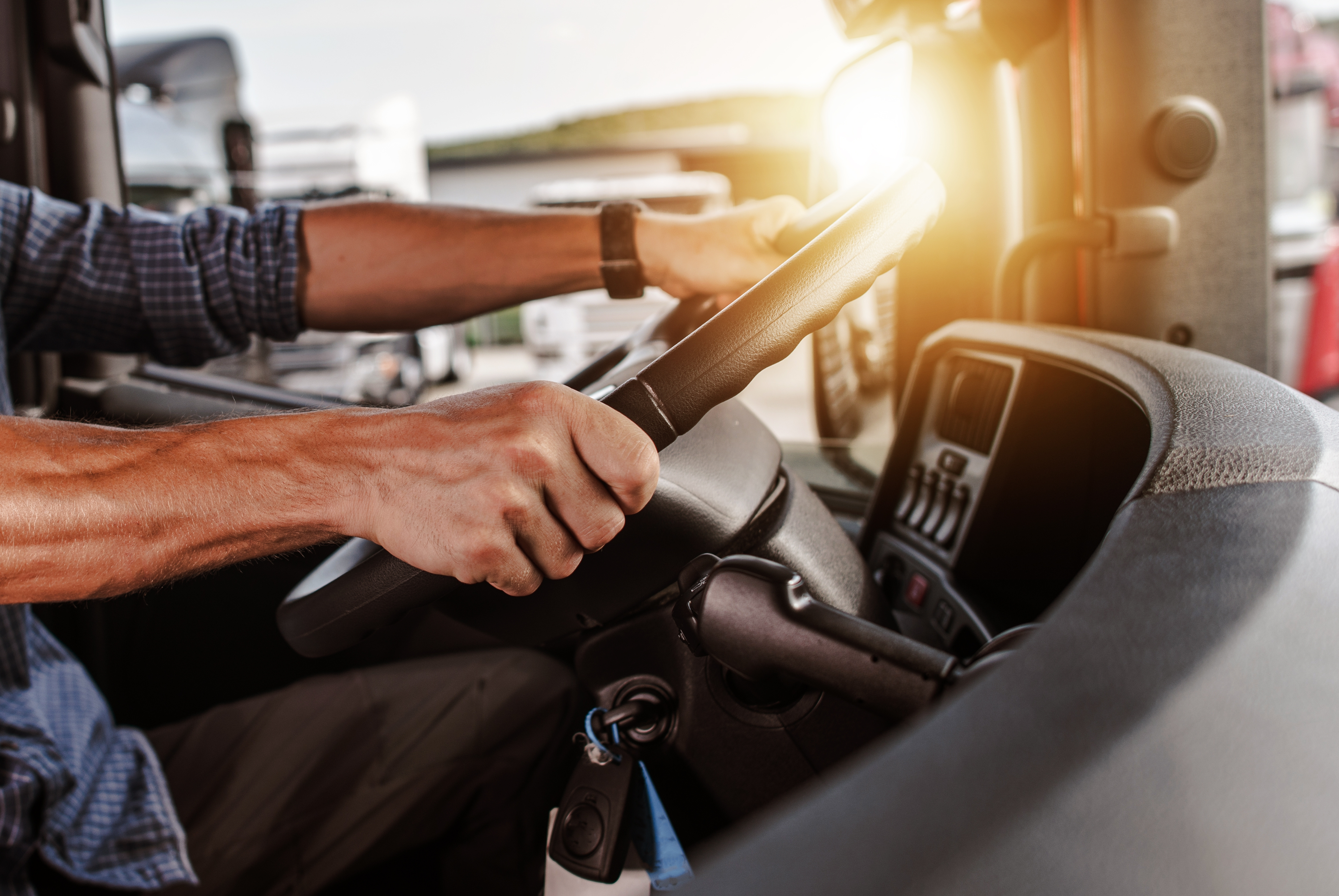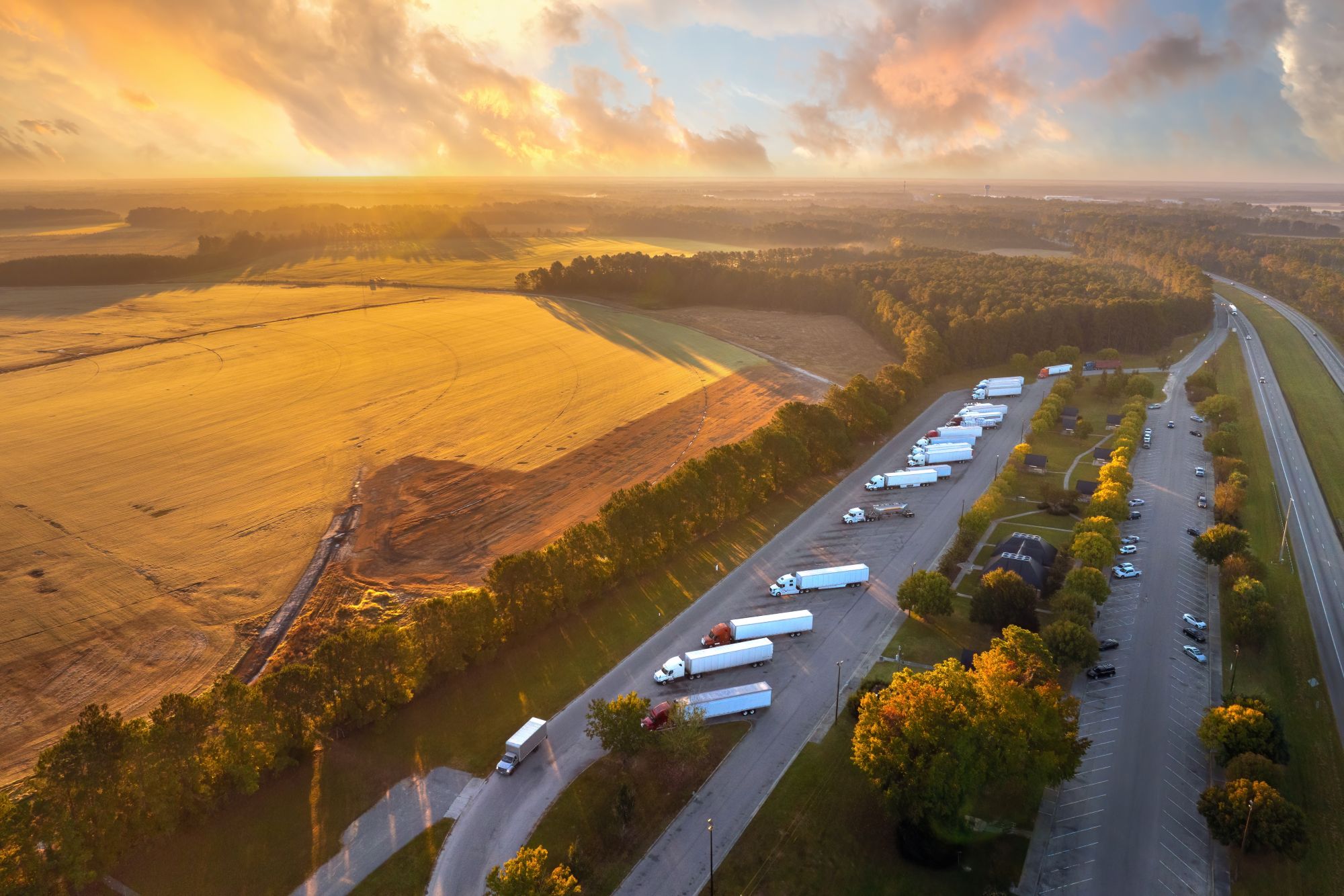
Miranda Blake
Cuenta Dart Charge: simplifique sus pagos
Creado: 08/11/2024
•
Actualizado: 15/09/2025
Comprender los entresijos del sistema Dart Charge es esencial para garantizar una experiencia fluida y rentable al utilizar el cruce de Dartford. Familiarizarse con las opciones de pago, la gestión de cuentas y los posibles escollos puede evitarle multas y dolores de cabeza innecesarios.
Entender el Sistema de Carga del Dardo
El cruce de Dartford, un aspecto vital para el tráfico comercial, se gestiona mediante un sofisticado sistema de pago electrónico conocido como Dart Charge. Este innovador sistema se introdujo para mejorar la eficiencia del cobro de peajes, eliminando la necesidad de las cabinas de peaje tradicionales y permitiendo a los conductores prepagar o pagar en línea al final del día.
Dart Charge explained
¿Se pregunta qué es exactamente la tasa Dart? Se refiere al método de pago utilizado en el cruce de Dartford. El sistema se implantó para mejorar la fluidez del tráfico y ofrecer una experiencia de pago más cómoda a los usuarios.
Crossing the Dartford Crossing: opciones de pago
Los conductores tienen tres opciones principales a la hora de pagar la tasa Dart:
- Cuenta de prepago: Los clientes pueden crear una cuenta de prepago, que ofrece facturación automática y una tarifa de cruce con descuento. De este modo, se garantiza que los pagos se realizan sin problemas, con un cargo automático en la cuenta por cada cruce.
- **Para quienes no tengan una cuenta de prepago, existe la posibilidad de pagar en línea, por teléfono o en los puntos de venta Payzone. Los pagos pueden realizarse por adelantado o antes de la medianoche del día siguiente.
- 3. Cruces gratuitos: El cruce de Dartford es gratuito entre las 22:00 y las 6:00 horas, lo que supone una opción económica para los desplazamientos nocturnos.
Dart Charge rates: understanding the costs
¿Tiene curiosidad por saber cuáles son las tarifas de Dart Charge? Varían en función de la clase de vehículo y de si el cliente tiene una cuenta de prepago o realiza un pago único. Aquí tienes un desglose de las tarifas actuales:

También puede leer más consejos sobre el pago y otros aspectos para nuevos conductores aquí.
Gestión de su cuenta Dart Charge
Mantener su cuenta Dart Charge es crucial para evitar multas y agilizar sus cruces. Exploremos los aspectos clave de la gestión de cuentas.
Configuración de una cuenta Dart Charge
Crear una cuenta Dart Charge es un proceso sencillo. Los clientes pueden visitar el sitio web oficial de Dart Charge, hacer clic en "Empezar ahora" y seleccionar la opción "Iniciar sesión o crear una cuenta Dart Charge". También pueden abrir una cuenta de prepago descargando y enviando un formulario de solicitud.
Iniciar sesión y restablecer contraseñas
Para acceder a tu cuenta Dart Charge necesitas la dirección de correo electrónico registrada en ella. Si ha olvidado su contraseña, el enlace de la página de inicio de sesión le guiará por el proceso de creación de una nueva.
Actualización de datos personales e información del vehículo
Para cambiar su nombre, dirección o los números de matrícula del vehículo asociados a su cuenta, acceda a su cuenta Dart Charge, vaya a las secciones "Gestión de cuenta" y "Perfil" o "Gestión de vehículo" y realice las actualizaciones necesarias.
Ver el historial de cruces y los extractos
Los clientes pueden revisar su historial de cruces y sus extractos de cuenta accediendo a su cuenta Dart Charge. Esta función les permite hacer un seguimiento de su uso y asegurarse de que todos los pagos se han registrado correctamente.
Cuentas inactivas y suspendidas
Si su cuenta Dart Charge queda inactiva debido a la falta de registro del vehículo, de un método de pago válido o de cruces recientes, puede reactivarla solucionando el problema subyacente. Del mismo modo, una cuenta suspendida puede desbloquearse completando el saldo o pagando los cruces pendientes.
Cerrar su cuenta Dart Charge
Cuando llegue el momento de cerrar su cuenta Dart Charge, puede hacerlo iniciando sesión, navegando hasta la sección "Gestión de cuenta" y seleccionando la opción "Cerrar cuenta". Cualquier saldo restante se reembolsará utilizando el mismo método de pago.

Dartford Crossing pagos con SNAP
La Cuenta SNAP ofrece una solución cómoda, con varias ventajas para los conductores y los operadores de flotas.
Proceso de pago fluido
El sistema gestiona automáticamente el pago de cada cruce, eliminando la necesidad de acordarse de pagar o de tratar directamente con Dart Charge.
Pago puntual garantizado
Nunca recibirá un cargo por retraso en el pago. Esto ayuda a evitar posibles multas o sanciones asociadas a impagos o retrasos en los pagos, proporcionando tranquilidad.
Facturación consolidada
Simplificamos su gestión financiera incluyendo las transacciones de Dartford Crossing en la misma factura que las demás actividades de su Cuenta SNAP. Esta consolidación facilita el seguimiento y la gestión de sus gastos.
Ahorro de tiempo
Al automatizar el proceso de pago, ahorramos un tiempo valioso a los conductores. No es necesario detenerse a efectuar pagos individuales ni acordarse de pagar antes de la medianoche del día siguiente, como ocurre cuando se paga directamente a través del sistema gubernamental Dart Charge.
Integración con otros servicios
Nuestro servicio Dartford Crossing forma parte de un ecosistema más amplio de servicios de transporte por carretera. Esta integración permite a los usuarios gestionar múltiples aspectos de su viaje, como el aparcamiento, el lavado y el repostaje, a través de una única plataforma.
Control de costes para operadores de flotas
Para las empresas que gestionan varios vehículos, proporcionamos una forma eficaz de controlar y supervisar los gastos del cruce de Dartford. El sistema de facturación consolidada y pago automatizado ayuda a agilizar los procesos contables y a reducir la carga administrativa asociada a la gestión de cruces individuales. Al aprovechar la Cuenta SNAP para los pagos del Dartford Crossing, los conductores y los operadores de flotas pueden disfrutar de una experiencia más eficiente, fiable y sin estrés al utilizar este enlace de transporte crucial.
¿Quieres saber más sobre cómo ahorrar dinero en la carretera? Echa un vistazo a nuestro artículo sobre consejos para ahorrar combustible junto con nuestra guía del camionero para hacer un presupuesto.



